PLEASE NOTE AT THIS TIME WE ARE NOT ACCEPTING OTOPLASTY PATIENTS
Many patients suffer through years of being self conscious about their ears. Either they had protruding ears, or they had ears with a cupped or unfolded shape that made them appear too large. Whatever the reason, results of otoplasty can be dramatic, eliminate the problem and restoring confidence while creating a more pleasing appearance.
Otoplasty brings the ears back closer to the head, reducing the protruding appearance. It may involve removing cartilage or molding or reshaping the ears. All procedures only involve the outer ear, and not the middle or inner ear, so there is no affect on hearing.
To be considered a candidate for otoplasty, patients should be in good health, and have no pre-existing medical conditions that could make the procedure unsafe. In addition, patients should:
The procedure is done for aesthetic reasons, to help improve one’s body image and self-esteem. If you are concerned about the appearance of your ears to the point that you wear your hair to cover them, then you may be a good candidate for this procedure.
The process begins with an initial consultation with Dr. Jugenburg or one of his assistants.
Dr. Jugenburg will listen to your needs, expectations and your desired outcome from the otoplasty. You will be able to tour our state-of-the-art surgical facility located in the beautiful Fairmont Royal York Hotel if you wish to do so.
During this time you will also be able to meet with our caring staff that will be part of your team.
The ear is made up of cartilage that provides structural support and gives the ear its shape. The cartilage is covered with a thin layer of skin o n both sides. During the procedure, an incision is made just behind the ears in the natural fold close to where the ears are attached to the skull. The skin is carefully lifted off to expose the underlying cartilage, which is then shaped and pulled back towards the head using carefully positioned permanent sutures.
Once the ear is fully healed, the only sign of surgery will be a thin line behind the ear, which is virtually invisible. Otoplasty is usually performed under local anesthesia, and you are able to go home immediately after the surgery. The entire process takes 1-2 hours.
The permanent sutures that are used in otoplasty are very delicate, requiring you to wear a band that holds the ears in place. You will need to wear the band while you sleep as well.
After the procedure you will have a large bandage wrapped around your heard, to protect your ears and keep them in their new position. It’s also designed to apply pressure to minimize the amount of bleeding. The bandage will be changed the next day, and you will need to wear a bandage holding your ears in place for a total of 7 days. You will also need to wear a headband to protect your ears while you sleep for the next four weeks.
The bandage that is placed will need to be kept dry until your follow up appointment 5 days after surgery. Pain following otoplasty is usually minimal and can be managed with low-grade analgesics. Children can return to school 1 week following surgery, but contact sports should be avoided for 6 weeks. Adults who have the surgery can resume normal light activities 1 day following surgery, and full activities at 3 weeks.
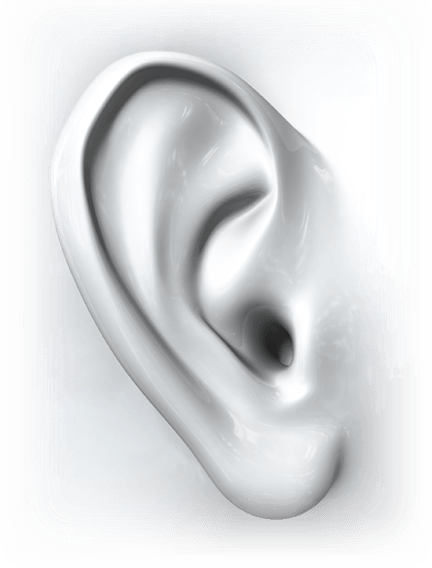
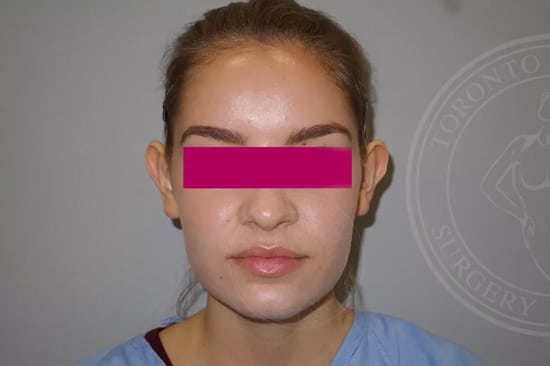
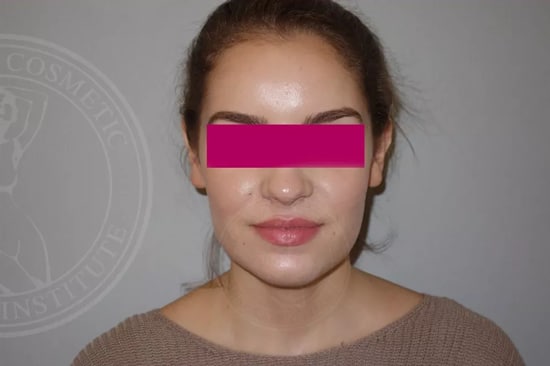
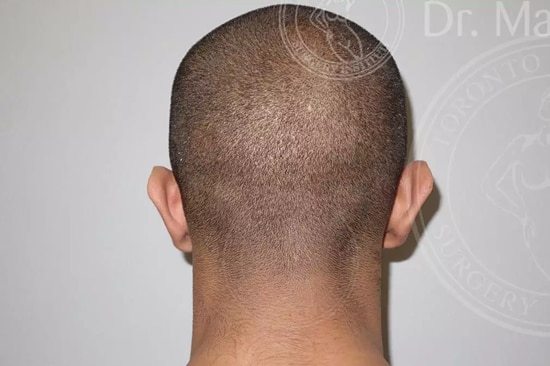
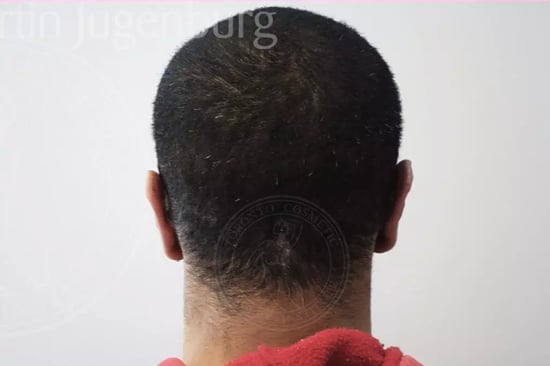
There really is no preparation necessary. Dr. Jugenburg will review your medications during your initial consultation, and may recommend stopping certain medications before your procedure.
The entire process takes from 1-2 hours.
Pain from otoplasty is minimal, and is easily controlled by low-grade analgesics.
An incision is made behind the ears in the natural fold close to where the ears are attached to the skull. The skin is carefully lifted off to expose the underlying cartilage, which is then shaped and pulled back towards the head using carefully positioned permanent sutures. Bandages are applied, and you’re able to go home immediately after the procedure.
Most patients can return to work in one day, and resume normal activities at 3 weeks. A bandage is worn 24/7 for one week, and then at night for 3 months
As with all cosmetic surgeries, there are some risks involved. Special risks for otoplasty include breaking of the sutures which can lead to recurrence of the ear protrusion, bleeding and abnormal scarring. If this happens, it may require additional surgery. Our operating suite is state-of-the-art, and we do everything we can to minimize the risks associated with surgery. Most importantly, Dr. Jugenburg and his team have various protocols in place to prevent complications from occurring.
$3500 - $5500.